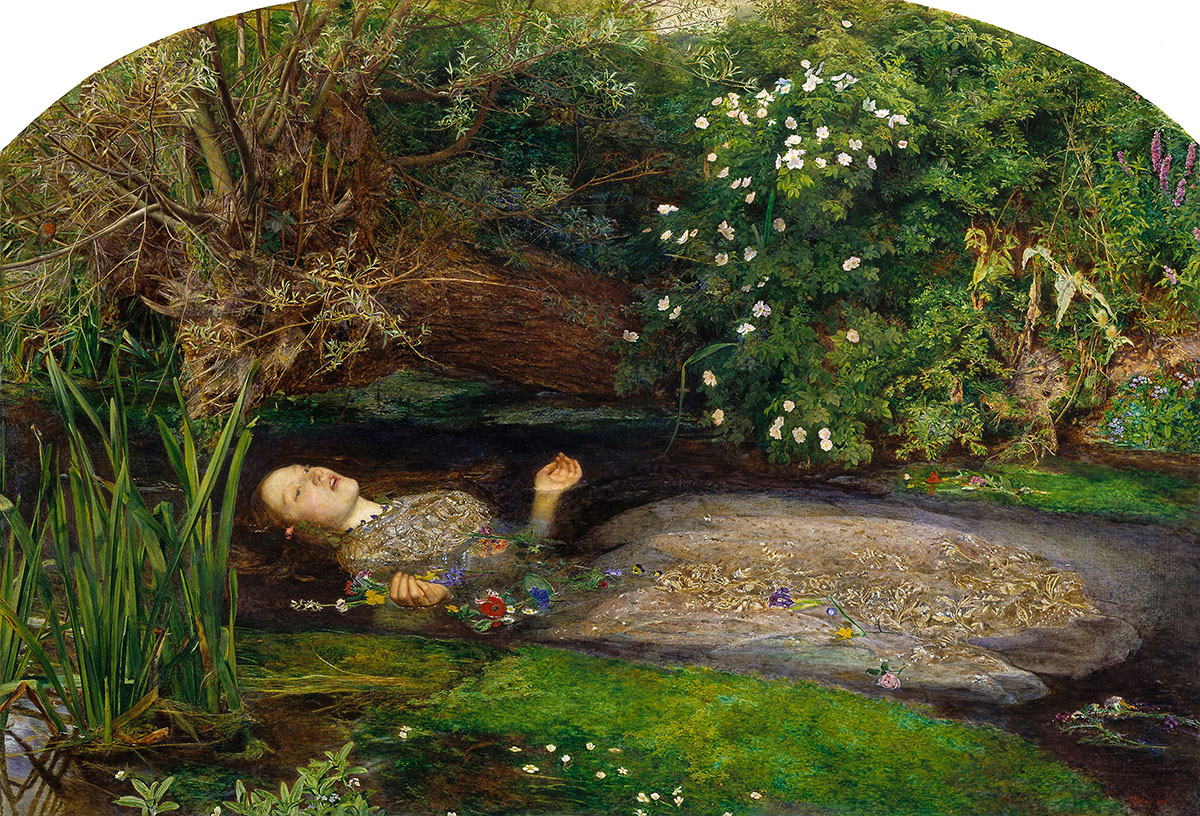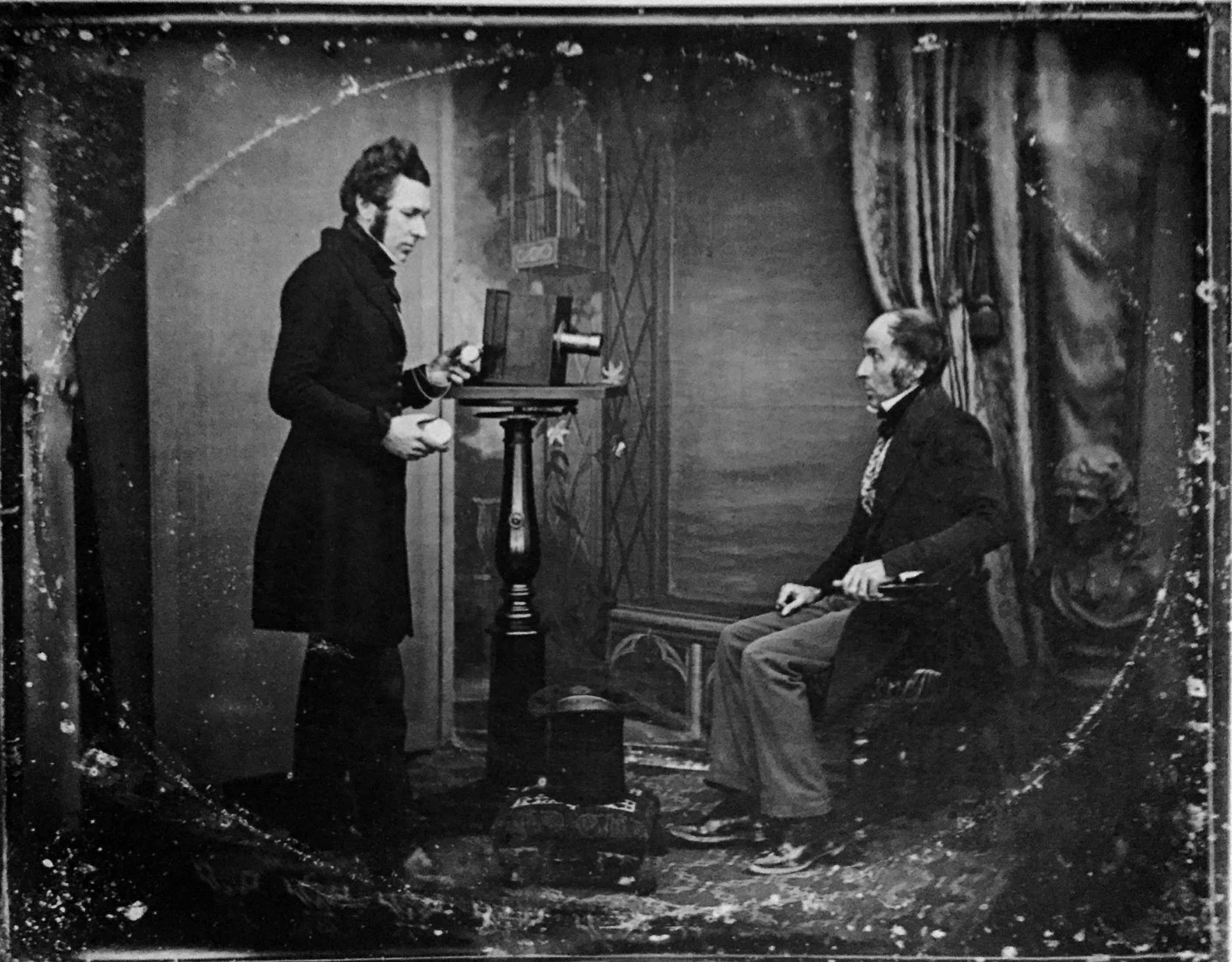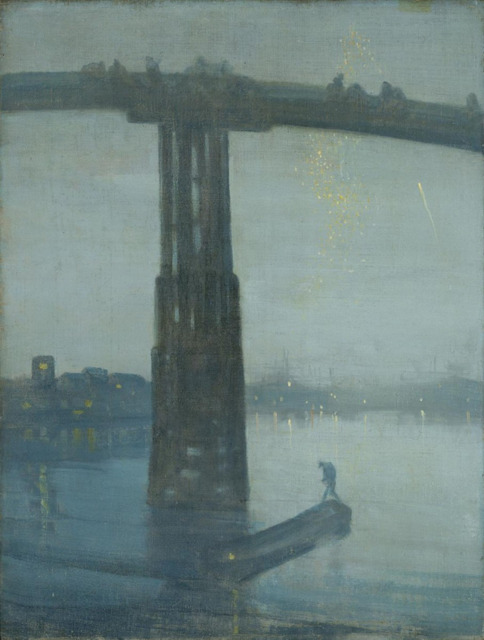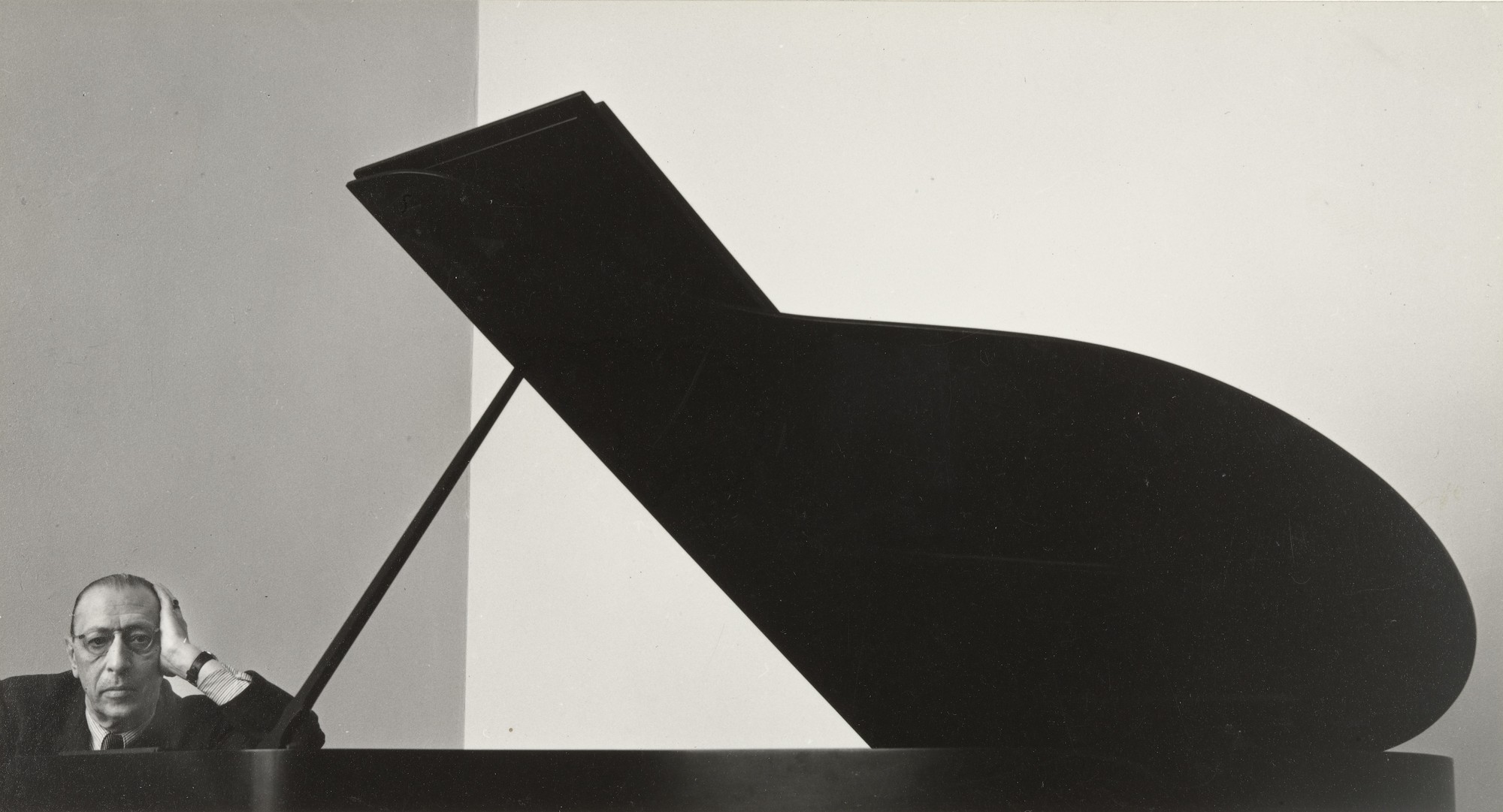How Photography Became An Art Form
The analogy between photography and “AI” art is evergreen—I first made the analogy in 2001—and this year it’s coming up again online. Here is a brief history of photography, adapted from my 2018 paper “Can Computers Create Art” (video). There are important differences between photography and “AI” art, but nonetheless it offers lessons for how technology enables new art forms, how it influences old art forms, and how the technology is received.
Prior to the invention of photography, realistic images of the world could only be produced by skilled artists. In today’s world, we are so swamped with images that it is hard to imagine just how special and unique it must have felt to see a well-executed realistic painting. And, within the Western tradition, the skills of professional artists had steadily improved over the centuries; by the 19th-century, artists such as the Pre-Rafaelites and the French Neoclassicists have achieved dazzling visual realism in their work.
Part of the artist’s creative identity centered around their ability to make pictures, realistic pictures. Imagine living in the 19th-century, before high-quality photography became truly widespread. Paintings like this, Millais’ 1852 “Ophelia,“ were the only way to see realistic images of the world, and masterful painters were the only ones who could create them. This painting is nearly four feet wide and, in person, displays beautiful detail and virtuosity.

This changed when photography automated making pictures of the real world.
In 1839, the first two commercially-practical photographic processes were invented: Louis-Jacques-Mandé Daguerre’s daguerreotype, and William Henry Fox Talbot’s negative-positive process. They were mainly presented as practical techniques: ways to produce records of the world. Of the two, the daguerreotype was more popular for several decades, largely because Talbot’s process was restricted by patents. Improvements to Talbot’s method eventually made the daguerreotype obsolete and evolved into modern film processes.

In one of the first presentations of the Daguerrotype in 1839, the great painter J. M. W. Turner said “This is the end of Art. I am glad I have had my day.”
Portraiture and Other Practical Uses

Portraiture was a main driver for early adoption of cameras. Then, as today, people enjoyed possessing pictures of their friends, loved-ones, and ancestors. Portrait painting was only available to aristocrats and the very wealthy. In the 18th-century, several inexpensive alternatives were developed, such as the silhouette, a representation of an individual’s outline, typically hand-cut by an artisan out of black paper.
The daguerreotype offered an economical way to create a realistic portrait. It was very slow and required locking the subject’s head in place with a head brace for several minutes, while the subject tightly gripped their chair, so as not to move their fingers. Nonetheless, numerous daguerreotype studios arose and became commonplace as technologies improved, and many portraitists switched to this new technology.

Within a few decades, photography largely replaced most older forms of portraiture, such as the silhouette, and, today, no one seems to particularly regret this loss. As much as I appreciate the mystery and beauty of old etchings and portraits, and even some current portraiture, I’d usually rather use my mobile phone camera than to try to paint everything by hand.

Another early use for the daguerreotype was to produce souvenirs for tourists: by 1850, daguerreotypes of Roman ruins completely replaced the etchings and lithographs that tourists had previously purchased. As the technology improved, photography became indispensable as a source of records for engineering projects and disappearing architectural ruins, as well as for documentary purposes, such as Matthew Brady’s photographs of the American civil war.
“Is Photography Art?”
Artists and critics debated for many decades whether photography is art. Three main positions emerged.
First, many people believed that photography could not be art, because it was made by a machine rather than by human creativity. From the beginning, artists were dismissive of photography, and saw it as a threat to “real art.” The poet Charles Baudelaire wrote, in a review of the Salon of 1859: “If photography is allowed to supplement art in some of its functions, it will soon supplant or corrupt it altogether, thanks to the stupidity of the multitude which is its natural ally.”

A second view was that photography could be useful to real artists, such as for reference, but should not be considered as equal to drawing and painting. For example, despite his public denunciation of photography, Ingres’ later paintings show considerable evidence that he worked from photographic reference.
Finally, a third group, relating photography to established forms like etching and lithography, felt that photography could eventually be as significant an art form as painting. This group, including hobbyists and tinkerers, avidly explored its potential.
The Effect of Photography on Art
Photography ultimately had a profound and unexpected effect on painting. Painters’ mimetic abilities had been improving over the centuries. Many painters of the 19th century, such as Pre-Raphaelites like John Everett Millais and Neoclassicists like Ingres, painted depictions of the world with dazzling realism, more than had ever been seen before. However, cameras became cheaper, lighter, and easier to use, and grew widespread among both amateurs and professionals. Realistic photographs became commonplace by the end of the 19th century. If photorealism could be reduced to a mechanical process, then what is the artist’s role?

This question drove painters away from visual realism and toward different forms of abstraction. James McNeill Whistler’s Tonalist movement created atmospheric, moody scenes; he wrote: “The imitator is a poor kind of creature. If the man who paints only the tree, or the flower, or other surface he sees before him were an artist, the king of artists would be the photographer. It is for the artist to do something beyond this.” The Impressionists, who sought to capture the perceptions of scenes, were likely influenced by the evocative “imperfections” of early photographs like the Boulevard du Temple, shown above.
In contrast, Symbolists and post-Impressionist artists moved away from perceptual realism altogether. Edvard Munch wrote “I have no fear of photography as long as it cannot be used in heaven and in hell. … I am going to paint people who breathe, feel, love, and suffer.’’ Vincent Van Gogh, describing his artistic breakthroughs around 1888, wrote to his brother:

“You must boldly exaggerate the effects of either harmony or discord which colors produce. It is the same thing in drawing — accurate drawing, accurate color, is perhaps not the essential thing to aim at, because the reflection of reality in a mirror, if it could be caught, color and all, would not be a picture at all, no more than a photograph.”
In other words, Munch, Van Gogh, and many other artists of their generation viewed realism as the job of photography, and the goal of the real artist was to find a way to go beyond realism—to do something that cameras could not do.
In 1920, many decades later, André Breton, a founder of Dada and Surrealism, prefaced a statement on Dada with: “The invention of photography has dealt a mortal blow to the old modes of expression, in painting as well as poetry. … Since a blind instrument now assured artists of achieving the aim they had set themselves up for … they now aspired … to break themselves of the imitation of appearances.”
It seems likely, in fact, that photography was one of the major catalysts of the Modern Art movement: its influence led to decades of vitality in the world of painting, as artists were both inspired by photographic images and pushed beyond realism, and rethought the very nature of art. Without photography, perhaps modern art would never have existed.
Pro-Photography Movements
Meanwhile, photographers attempted to develop and advocate for their own art form. In the United States, these photographers called themselves the Photo-Secessionists, since they “seceded” from custom and traditional forms of art. They argued that the artist’s considerable control over the image creation, to express their vision, made it an art form.
The Pictorialist movement, begun around 1885, pursued a particular visual aesthetic in the creation of photographs as an art form. Pictorialists exercised considerable artistic control over their photographs. Some used highly-posed subjects as in classical painting, and carefully manipulated their images in the darkroom to create very formal compositions. Many of their works had hazy, atmospheric looks, similar to Whistler’s Tonalism, softening the realism of high-quality photography. They seemed to be deliberately mimicking the qualities of the fine art painting of the time, and today much of their work seems rather affected.

The Photo-Secessionists pursued various strategies toward legitimization of their work as art, such as the organization of photographic societies, periodicals, and juried photography exhibitions. Their works and achievements made it harder and harder to deny the artistic contributions of photography; culminating in the “Buffalo Show,” organized by Alfred Stieglitz at the Albright Gallery in Buffalo, NY, the first photography exhibition at an American art museum, in 1910. Photography was firmly established as an art.
Subsequent Modernist photography movements shed the artificial styles of Pictorialism. This included photographers like San Francisco’s Group f/64, who explored combined sharp-focused, naturalistic imagery with abstracted compositions.

Lessons for AI and Art
This story provides several lessons that are directly relevant to AI as an artistic tool.
When the camera was first invented, it looked like a machine that automated the creation of art. No skill was required. Many artists feared and disparaged it. They predicted that it was going to destroy high-quality art and put the best artists out of work.
What actually happened?
- A new art form was created: photography. This form has its own unique styles and creations.
- Old art forms were reinvigorated. Perhaps modern art would not exist at all, had photography not raised questions about the artist’s role in realism.
- Old portraiture technologies became largely obsolete. In practice, this meant that portrait studios needed to learn and adopt the new technology.
- Photography became available to hobbyists; image-making was “democratized.” Nowadays, anyone with a mobile phone can take a picture.
This pattern repeated with the invention of computer graphics. In the early days of computer graphics, Ed Catmull and Alvy Ray Smith (who later founded Pixar), tried to interest Disney animators in the new technology. Smith later said “Animators were frightened of the computer. They felt that it was going to take their jobs away. We spent a lot of time telling people, ‘No, it’s just a tool — it doesn’t do the creativity!’ That misconception was everywhere.” Today, computer animation is an enormously successful new art form, and it relies on the talents of vast numbers of animators and other creative and technical professionals.
There are numerous other examples through modern history, from the development of electronic music synthesizers like the Moog, to digital film editing techniques—in each case, the traditionalists claim that the new techniques would destroy the art form, but the technology only aided the art form and became the new tradition within a few decades. As pointed out by one study the Golden Age is always in the past, and people always prefer the art of their youth.